Affiliate links on Android Authority may earn us a commission. Learn more.
Smartphone ray tracing is here, but is it the real deal?
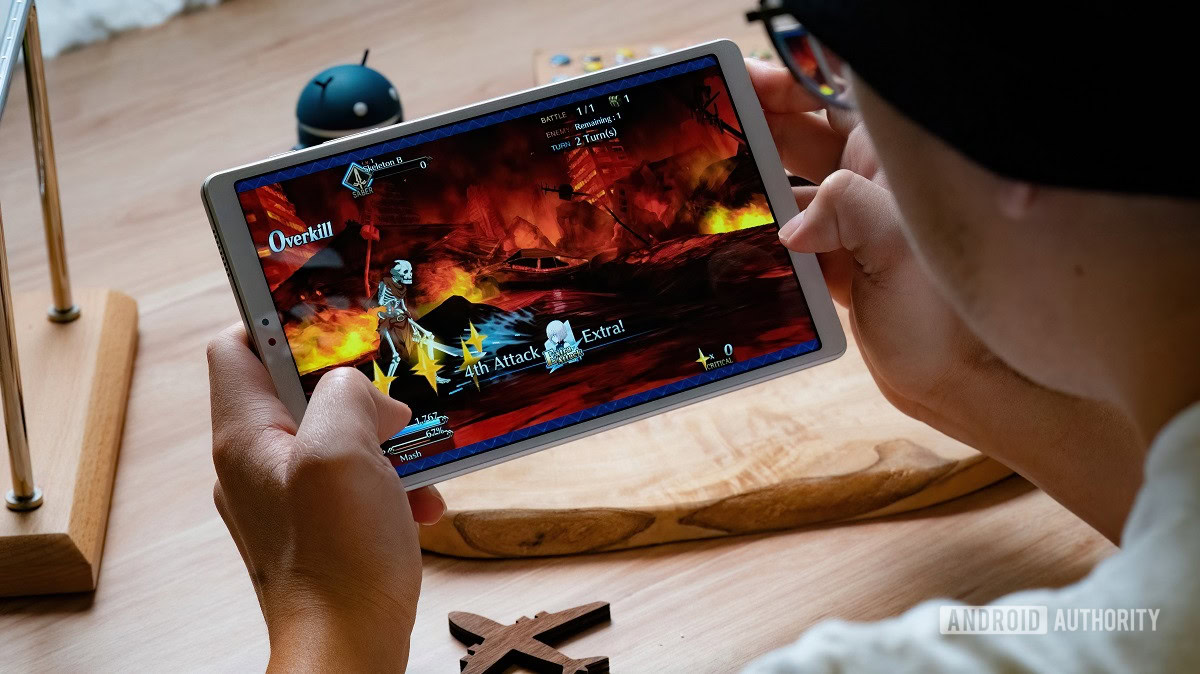
While there was plenty to dig into with Qualcomm’s 2022 announcement of its Snapdragon 8 Gen 2 platform, the headline-grabbing new feature was undoubtedly smartphone ray tracing graphics support. Qualcomm joins MediaTek’s Dimensity 9200 and Samsung’s Exynos 2200 with support for hardware-based ray tracing, opening the door to fancy new graphical effects in the best mobile games.
With 2023 flagship handsets almost universally supporting the feature, will it be the year that mobile gaming stops playing second fiddle to console and PC graphics?
Well, yes, but equally no. Smartphone ray tracing is undoubtedly a nice feature to have and one that will, in all likelihood, result in fancier-looking graphical effects and games. However, there are several hurdles still to be overcome, so a ray tracing reality check is in order.
Not all ray tracing implementations are equal
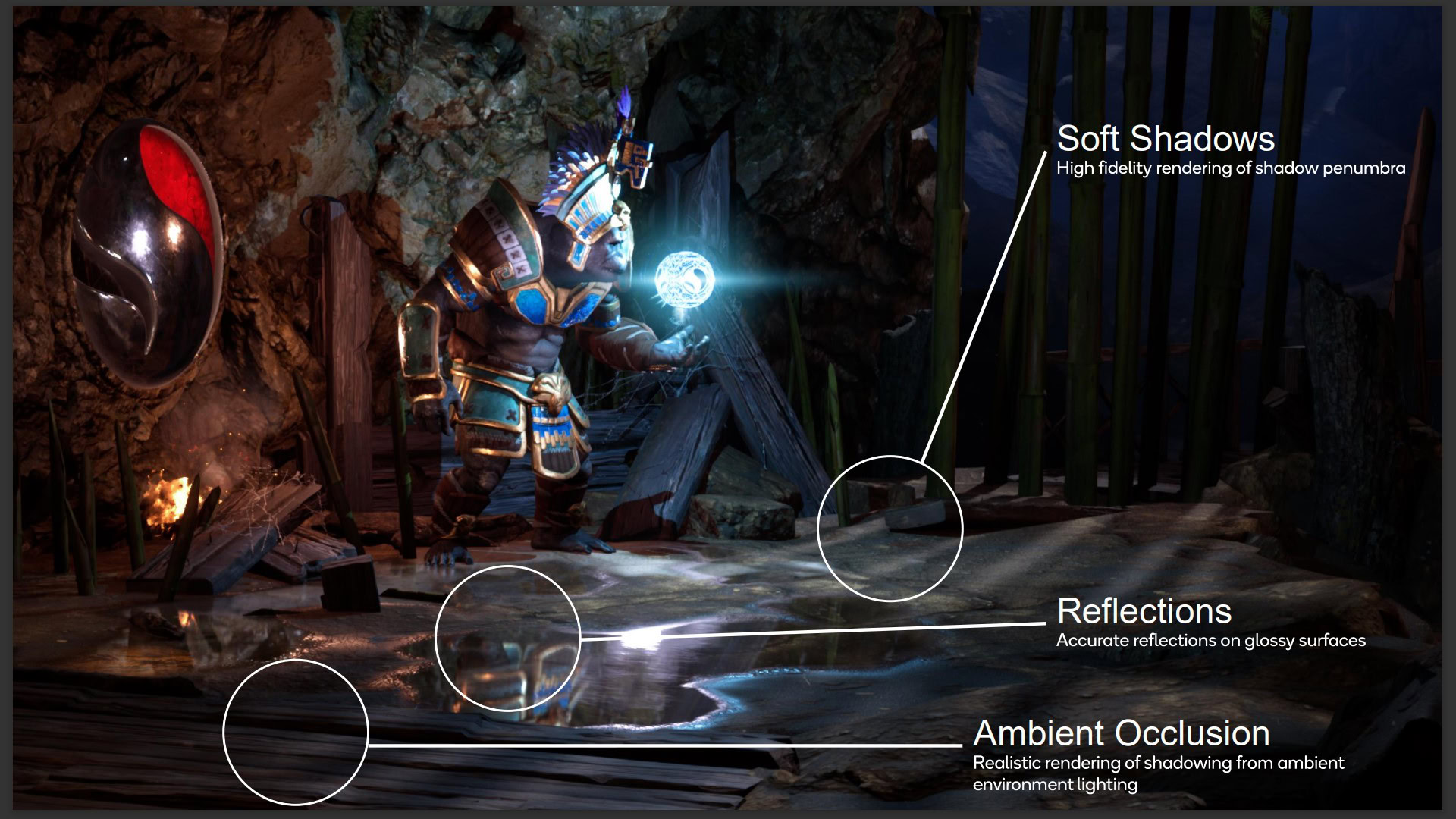
The important thing to acknowledge here is that ray tracing is a graphical term encompassing a wide range of possible implementations. You could think of these as “levels” of ray tracing, each with graphics benefits and associated performance costs. Just because smartphones support ray tracing doesn’t mean games will look like they do on console and PC.
Ultimately it boils down to whether you can render an entire scene with computationally expensive ray tracing or rely on a hybrid approach that only uses ray tracing for some effects. Since PCs and consoles still take a hybrid approach, we’re looking at the latter in the smartphone space. At the high end, caustics can map how light and reflections bounce off curved surfaces like water or glass. At the same time, less demanding implementations can improve the accuracy of shadows and assist with reflections on some surfaces. That’s still great, but keep those expectations in check in terms of what ray tracing can and will be used for.
Mobile ray tracing hardware is less powerful than consoles and PCs.
We do know a little about the ray tracing architectures used by Qualcomm and Arm, which gives us some insight into their capabilities. For starters, both accelerate the core box and triangle intersections, which are the fundamental building blocks of ray tracing. Calculating these ray intersections in hardware is multiple times faster than in software.
Qualcomm notes it supports reflections, shadows, and global illumination, key techniques for producing decent, if not super high-end, ray tracing effects. Likewise, Arm notes it uses hybrid rasterization to enhance lighting, shadows, and reflections. However, layering these features requires more and more processing power, and we don’t yet know just how far the first smartphone chips can push support and at what frame rate.
Mobile GPUs vary in their level of ray tracing feature support and performance.
However, only Qualcomm supports Bounding Volume Hierarchical (BVH) (we don’t know about Samsung’s Xclipse GPU), a similar technique to that used by NVIDIA and AMD in their high-end GPUs. BVH acceleration is important because it speeds up ray intersection math by searching through groups of polygons to narrow down the intersections rather than casting every ray individually.
As such, we might expect Qualcomm’s implementation to offer better frame rates and more ray tracing complexity, but that’s assuming its ray number crunching capabilities are comparable to Arm’s in the first place. BVH is great but doesn’t automatically translate into superior performance. Furthermore, aspects including denoise and memory management can be fine-tuned to improve performance. We don’t know how far either Arm or Qualcomm has gone in optimizing its broader GPU for these requirements.
Mobile ray tracing benchmarks
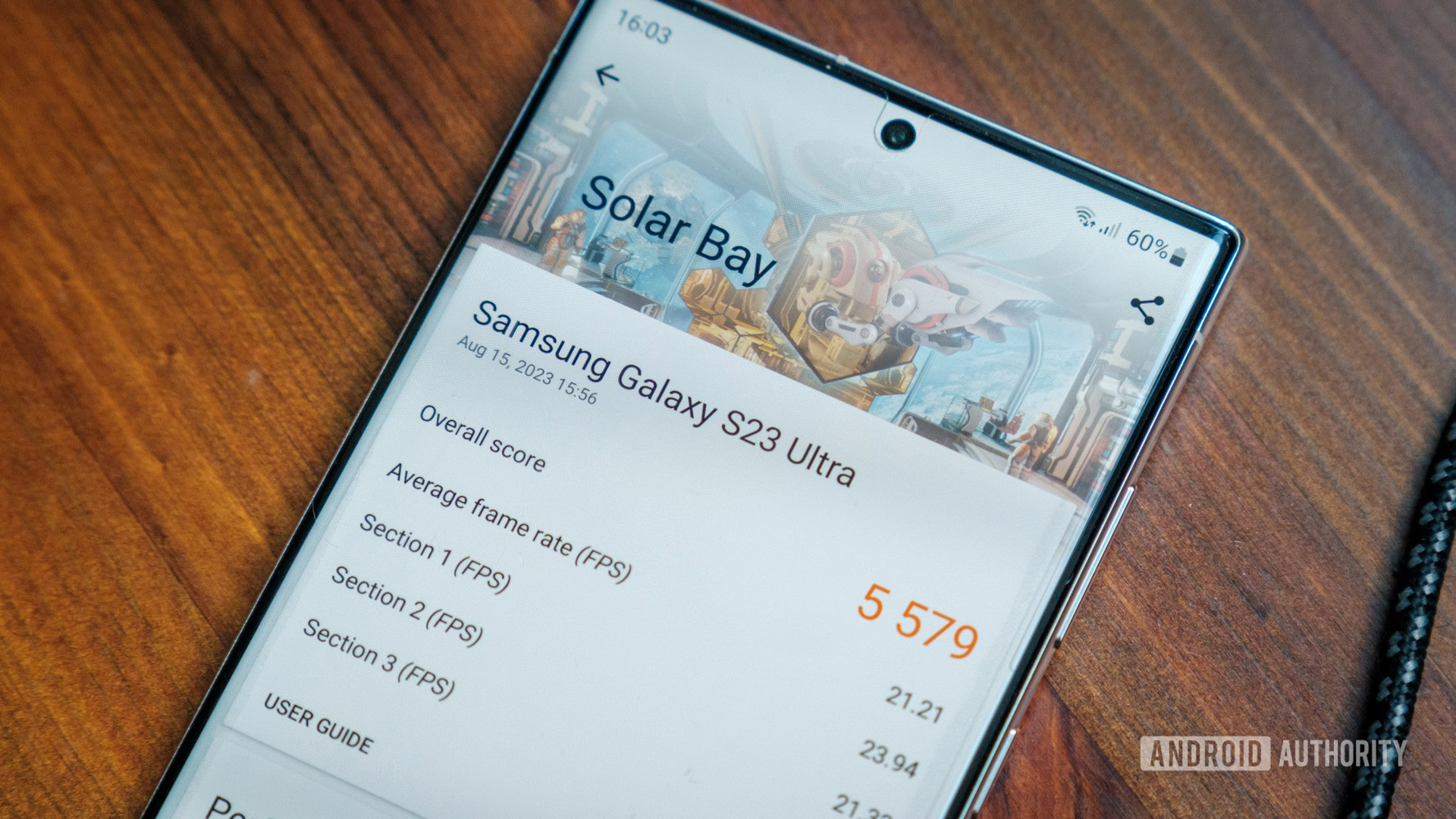
Our extensive ray tracing benchmarks show that the Snapdragon 8 Gen 2 has closed the gap since some disappointing initial benchmarks, likely through a driver update. It’s a close run contest with the Dimensity 9200 and its Immortalis G715 GPU for first place, while the older Exynos 2200 comes in a little way behind, which is to be expected.
Regarding sustainable performance, the Snapdragon 8 Gen 2 is a clearer winner here. It runs cooler than the competition, keeping those frame rates up for longer, even while running demanding ray tracing scenarios.
We have also had our first look at real ray tracing gameplay, thanks to War Thunder Mobile. While the graphical effects are unfortunately not as game-changing as we may have hoped, frame rates give cause for optimism that the graphic effect can be implemented at playable frame rates.
We tracked results in the region of 45 to 60 FPS in the most demanding maps, with graphics cranked all the way up on the Snapdragon 8 Gen 2 inside the ASUS ROG Phone 7. However, that does compare to a rock solid above 60 FPS, often hitting 120FPS, without ray tracing enabled. As expected, the Exynos 2200 scored lower but was still playable 45fps minimum. While this is only one title with limited ray tracing graphical fidelity, current smartphone chips are already clearly capable of hitting playable frame rates, which bodes well for future processors and handsets in 2024, as well as upcoming Android games.
Smartphone ray tracing won’t scale like consoles
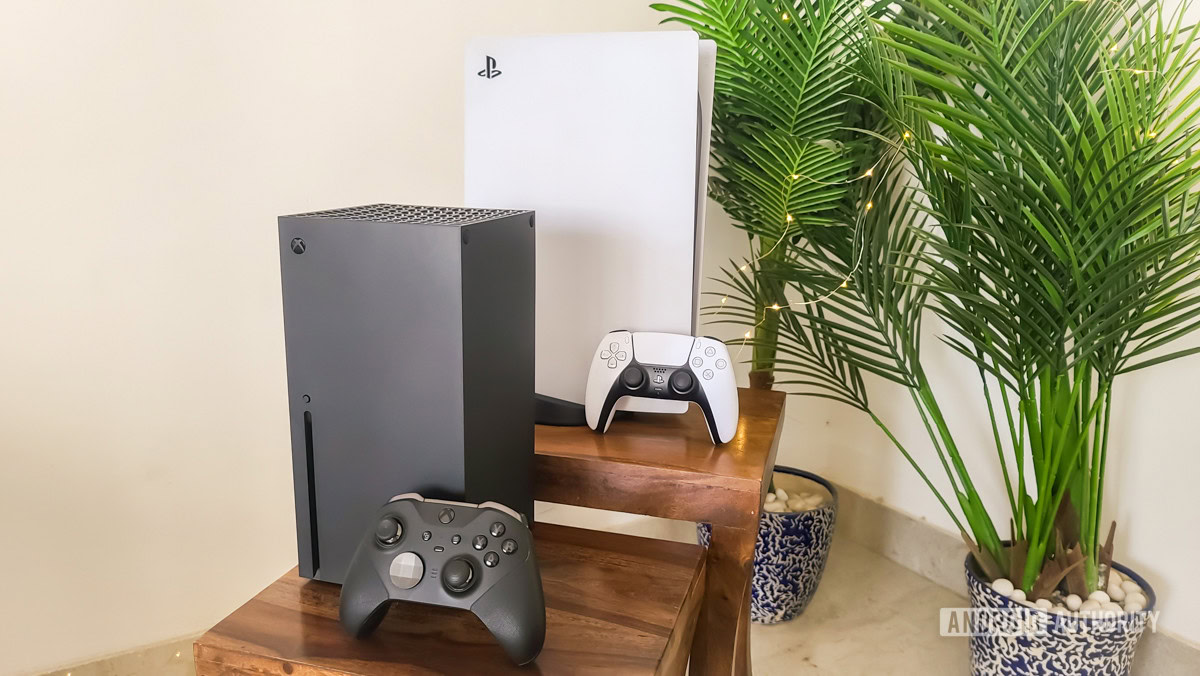
While we’ll have to wait and see what additional titles bring to the table, what we can say for certain is that a smartphone chip designed for a sub-5W graphical power budget is not going to scale up to the performance levels of a games console or PC graphics card.
NVIDIA’s RTX4080 graphics card is a 320W behemoth, for example. At the same time, the PlayStation 5 and Xbox Series X consume around 200W each (including their CPUs). 4K resolutions with all the bells and whistles are simply out of the question for smartphone ray tracing.
Benchmarks show a performance disparity between chipsets, but real games are playable with ray tracing on.
That sounds OK but clearly highlights the trade-offs mobile must make regarding frame rate or resolution. Not to mention that sustained performance can be an issue, given the limited cooling available to the smartphone form factor and throttling problems we’ve seen on recent handsets, even without ray tracing enabled. Basemark’s In Vitro suite and 3DMark’s Solar Bay showcase varying performance between chips we’ve tested, but it only uses ray tracing for reflections.
Doom and gloom aside, smaller smartphone displays don’t need ultra-high resolutions or ultra-high levels of graphical fidelity to look great. 720p 60fps or 1080p 30fps games with fancier lighting and reflections can still provide a notable uplift to mobile graphics fidelity.
Games will take a while to appear
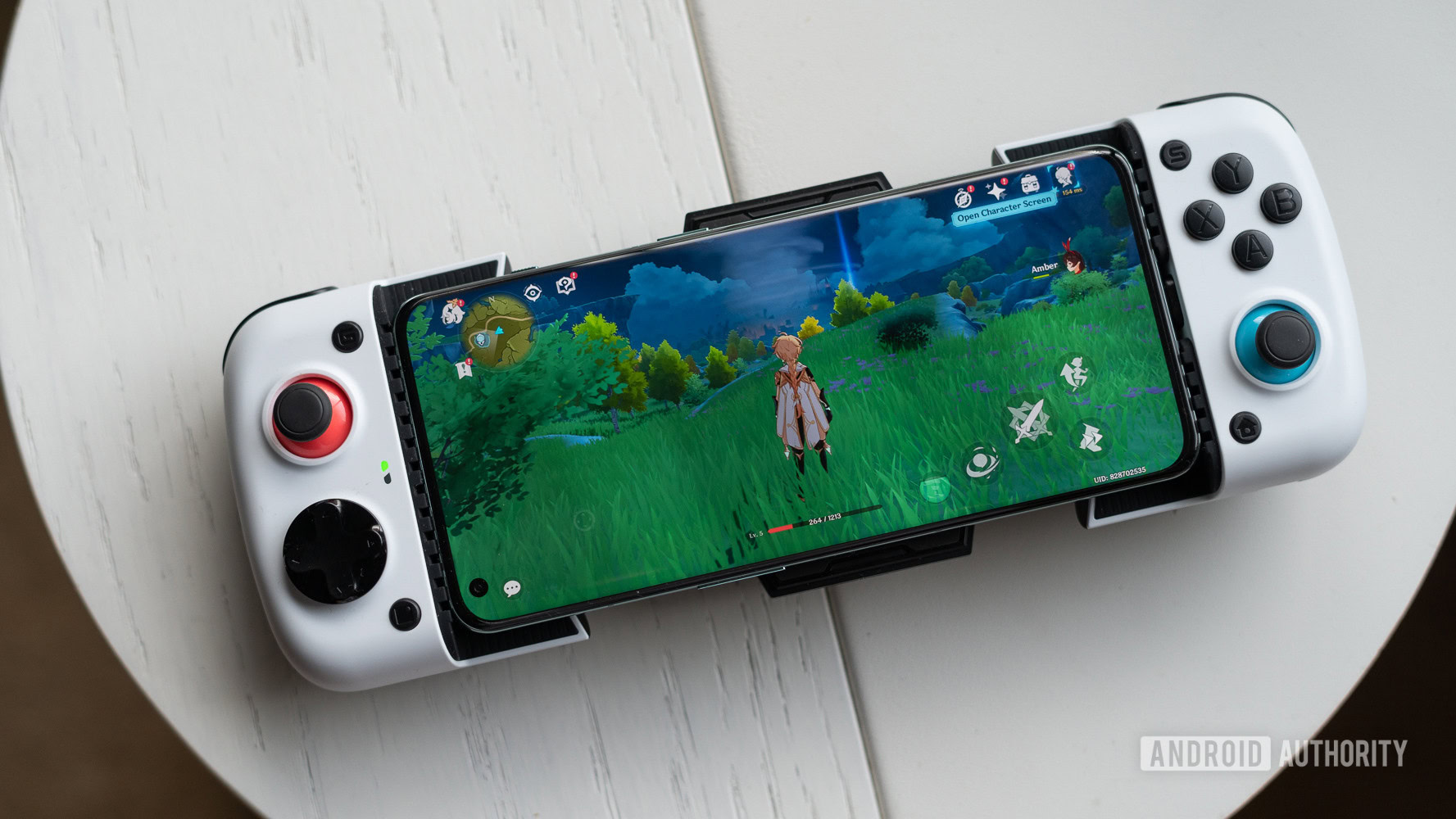
We’re well into 2023 now, when MediaTek and Qualcomm noted that the first mobile game with ray tracing support would make its way into consumers’ hands, and we’ve got our first taste with a couple of Western titles. War Thunder Mobile offers an introductory taste of what ray tracing can offer, and Arena Breakout is said to support the feature (there doesn’t appear to be a setting for it). However, ray tracing doesn’t yet change the graphical landscape — they’re both good-looking games with or without ray tracing enabled. It will take much longer, possibly years, before ray tracing gains mainstream mobile appeal.
This creeping rollout will be partly down to the fact that games have to be profitable, which means mass market appeal rather than building them for just a handful of phones. While there’s always free marketing in being first, ray tracing implementations might be an afterthought for many developers, at least until hardware reaches larger adoption. It was the same with console and PC games. That said, MediaTek notes that it’s working with all major Chinese game studios to support ray tracing in the future. We also spotted China’s Tencent and Netease Games on Qualcomm’s list of partners, so some markets may move to support the feature sooner than others.
Game support is starting to ramp up, but mass adoption could take years.
Importantly, with Qualcomm onboard, ray tracing is firmly on the map due to its sheer sales volume. An increasing number of titles will likely gradually opt-in in the coming years, offering fancier reflections and lighting for those phones that support it. Ray tracing via the increasingly popular Vulkan API also means that cross-platform ports are more viable than ever. So again, plenty to be hopeful for in the medium and longer term.
Should I buy a phone for ray tracing?
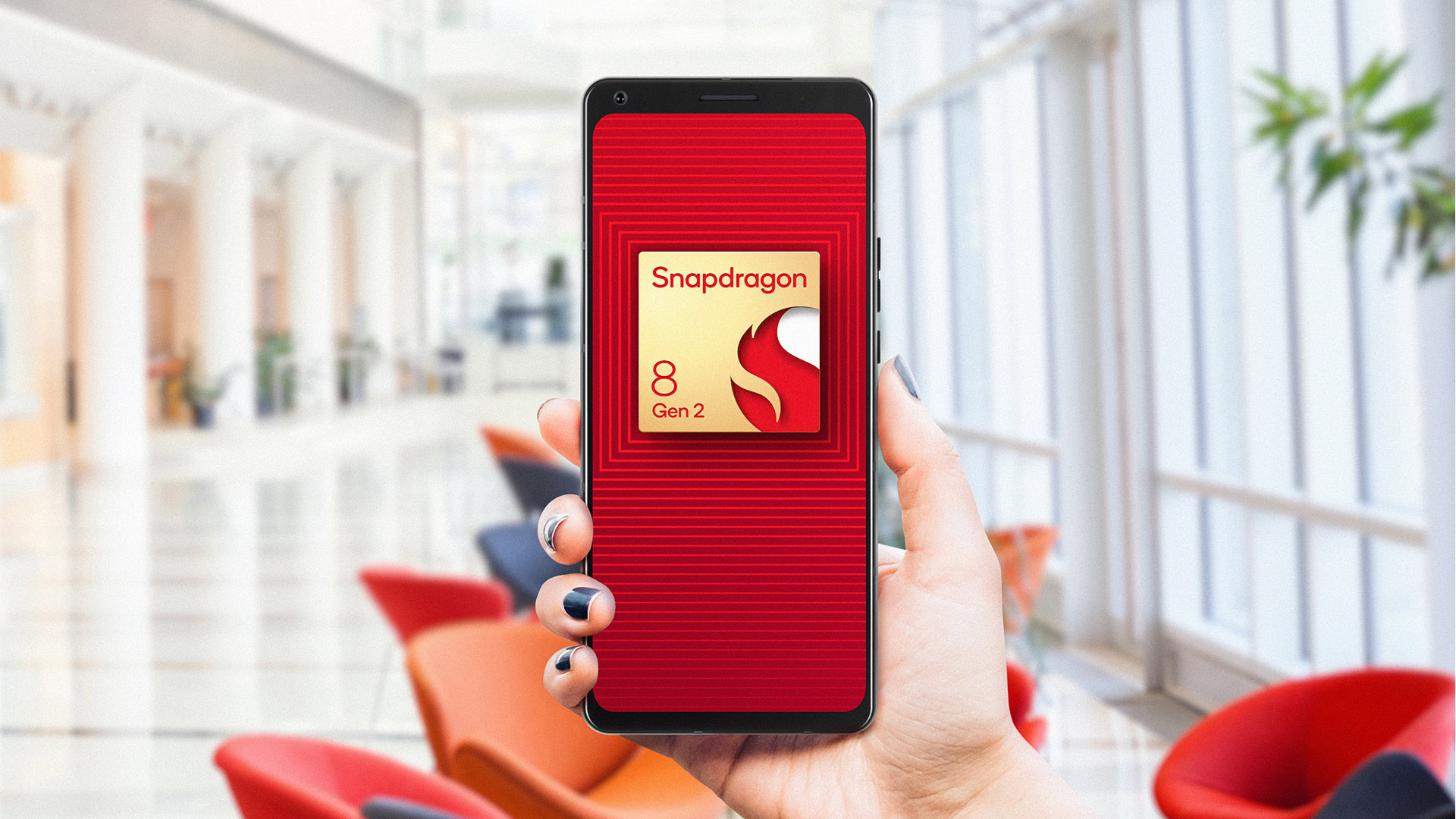
Hopefully, this article has convinced you; no. You shouldn’t rush out to buy a new phone simply because it supports ray tracing graphics. There are only a few titles supported today and even then, the feature does not yet revolutionize the look of the games. Honestly, you might even be better off waiting for second-generation ray tracing GPUs, such as the Snapdragon 8 Gen 3 or rumored Tensor G3, to boost performance up a notch to handle more demanding games heading our way in future years.
Still, ray tracing is a nice feature to have. If you’re in the market for a new phone soon-ish and gaming is a top priority for you, it could well be worth grabbing one of the best gaming phones that will be that little more future-proof. The first ray tracing-capable smartphones are already on the market, including the high-end Samsung Galaxy S23 series.